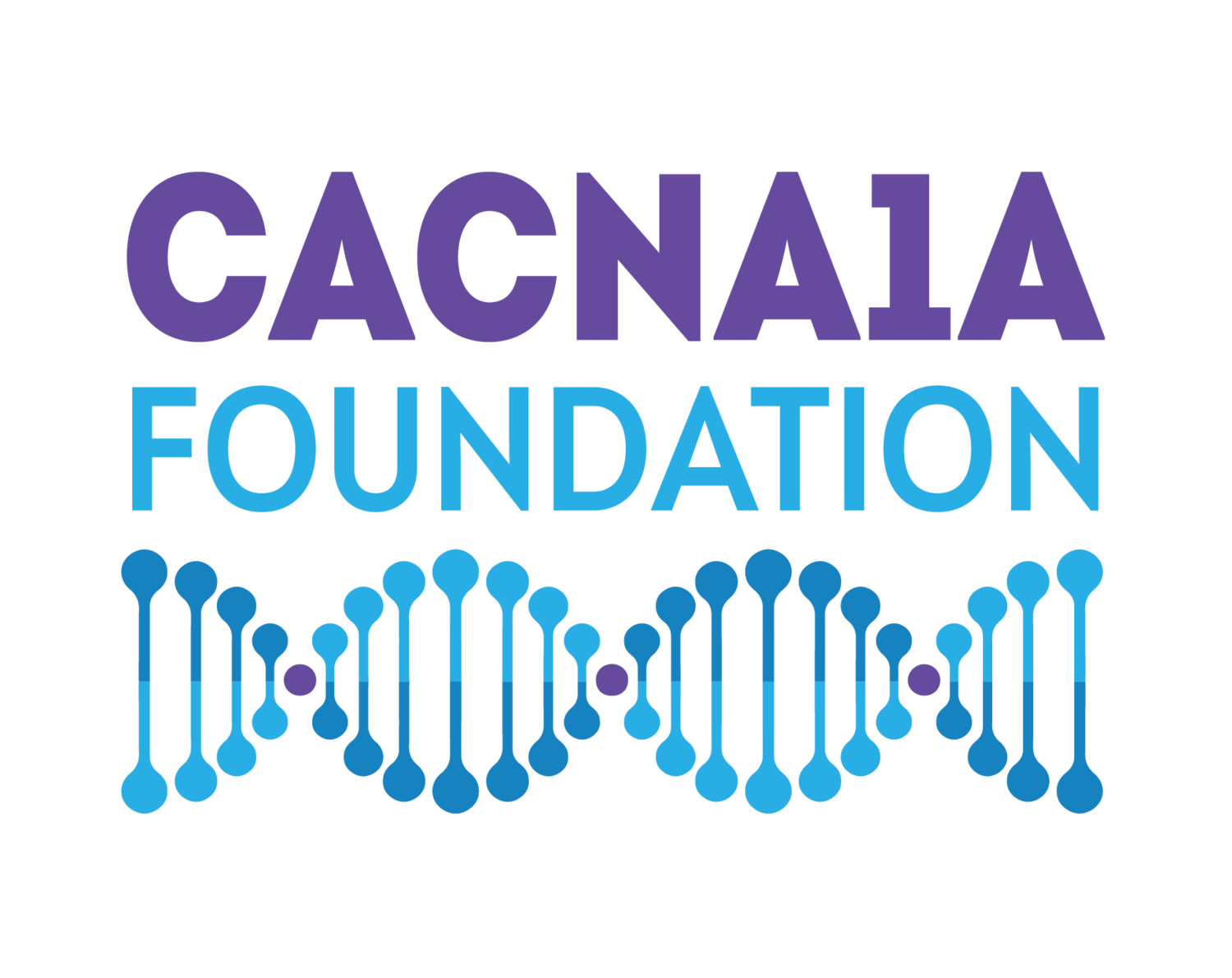Develop a Plan for CACNA1A-related Neurological Events
Visit www.seizureactionplans.org for resources to develop a Seizure (or other neurological event like a hemiplegic migraine) Action Plan.
There are a few medical emergencies that can be caused by CACNA1A variants, including seizures and hemiplegic migraines. A Seizure (or hemiplegic migraine) Action Plan contains tailored guidelines on how to respond during a seizure or hemiplegic migraine, based on the patient’s medical history. It includes health and medical information specific to the patient. Importantly, a plan helps others to recognize seizures or hemiplegic migraines and details steps that can and should be taken to keep him or her safe from injury or damage caused by CACNA1A-related neurological events.
Approximately 30 percent of patients diagnosed with epilepsy have refractory or treatment-resistant epilepsy, which means available medications and devices are unable to bring the seizures under control. Many patients with refractory epilepsy may experience prolonged seizures (status epilepticus) and/or seizure clusters, which may need emergency intervention to be stopped.
A Seizure (or hemiplegic migraine) Action Plan (SAP) is important because these events can be life-threatening or cause permanent damage. Having a SAP lets others know what to do in an emergency situation. A SAP can save precious time during an event where faster response times can reduce risk of prolonged seizures or hemiplegic migraines, risk of mortality, and the need for additional rescue medications.
Visit https://seizureactionplans.org/ to download a templated SAP that can be modified for hemiplegic migraines.
Whether you are a patient or the caregiver of a child or adult with epilepsy, you should work with your neurologist to develop a personalized SAP.
When developing a SAP, it is important to be clear and concise. Remember the plan may be utilized under situations of high stress and by individuals who may not know the patient. For some patients, it is suggested the first page of a SAP contain the Seizure Emergency Plan (SEP), which contains all the information needed if a prolonged seizure, seizure cluster, or hemiplegic migraine occurs. The SEP can be easily shared with other caregivers to prepare them for what to do in case of an emergency and may also be shared with emergency personnel if needed.
Once your SAP (or any CACNA1A-related emergency plan) is complete, make sure it is readily available to others. A copy should be kept with the patient at all times – especially patients who suffer from a severe form of epilepsy and may be nonverbal or have developmental delays.
Thank you to the SAP Coalition for filling this unmet need in our community!

